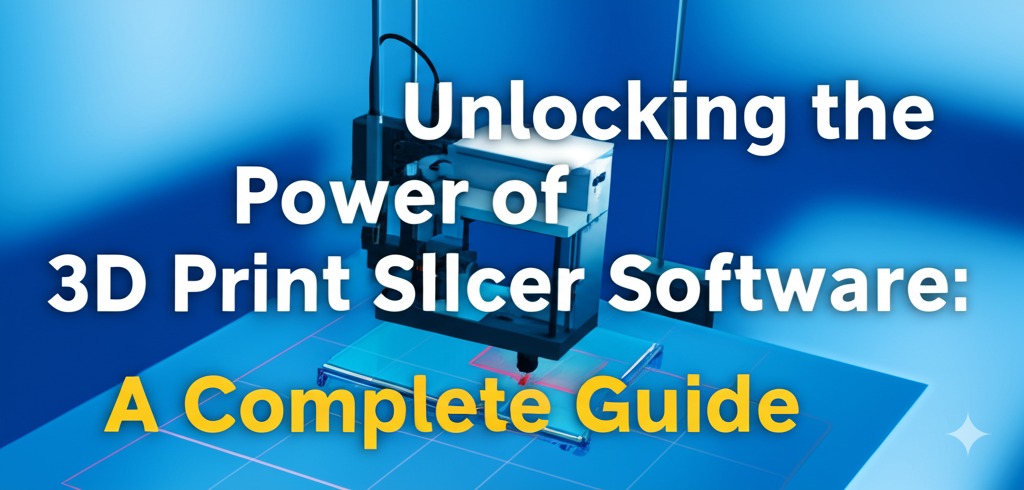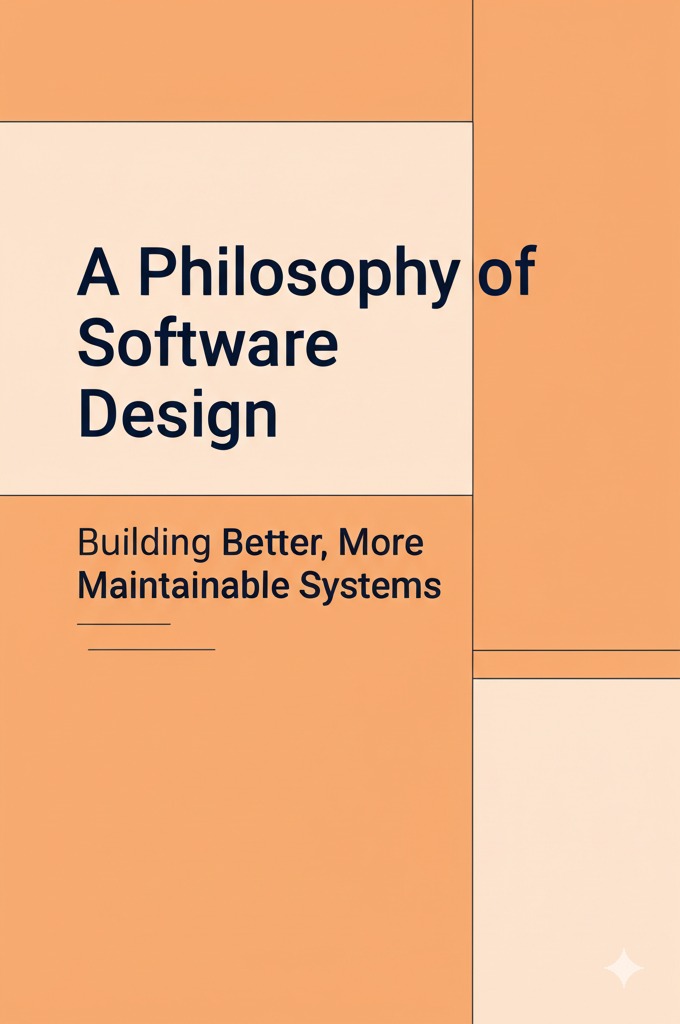Unlocking the Power of 3D Print Slicer Software: A Complete Guide
Introduction
The world of 3D printing has revolutionized industries, from manufacturing to home hobbies. However, to bring your digital designs to life, you need more than just a 3D printer; you need a reliable 3D print slicer software. This essential tool translates your 3D model into machine-readable instructions, ensuring that every print comes out just as you envisioned. In this article, we’ll explore the ins and outs of 3D print slicer software, helping you understand its importance, how to choose the right one, and how it can optimize your 3D printing experience.
What is 3D Print Slicer Software? (H2)
Before diving into features and recommendations, it’s crucial to understand what a 3D print slicer does. Slicer software takes your 3D model (typically in .STL or .OBJ format) and “slices” it into layers. The software generates G-code, a language that 3D printers understand, telling them exactly how to build each layer of the object.
The software also allows you to adjust various settings such as print speed, layer height, support structures, and infill patterns, all of which influence the final output’s quality and strength.
Key Features of 3D Print Slicer Software (H2)
When selecting the best slicer for your needs, it’s essential to understand the core features to look for. Here are some of the most crucial aspects:
1. Compatibility (H3)
A slicer must be compatible with your 3D printer and the file types you work with. Most modern slicers support various file formats like STL, OBJ, and AMF, ensuring versatility. Ensure that the software is tailored to your printer model for the best performance.
2. Customization Options (H3)
Customization is key to achieving the best results. Look for slicers that let you adjust settings such as:
- Layer Height: Fine-tune the resolution and finish of your print.
- Print Speed: Balance quality and efficiency.
- Infill Density: Adjust the strength and weight of your prints.
- Support Structures: Choose how support material is placed to prevent print failures.
3. User Interface and Ease of Use (H3)
A clean, intuitive interface can make your printing process much smoother, especially if you’re new to 3D printing. Look for slicers that are easy to navigate and provide helpful visual previews of your print.
4. Advanced Features (H3)
For seasoned 3D printing enthusiasts, advanced features such as multi-material printing, automatic supports, and custom scripting can enhance your print quality and capabilities. These tools are ideal for those who want to push the boundaries of what 3D printing can do.
Top 3D Print Slicer Software Options (H2)
Now that you understand the essential features, let’s take a look at some of the most popular and widely recommended slicer software on the market.
1. Cura (H3)
One of the most popular slicer programs, Cura, is known for its user-friendly interface and powerful features. It supports a wide range of 3D printers and offers a balance between beginner-friendly options and advanced customization. Cura is free and open-source, with regular updates and an active community. Ideal for both beginners and experts, it provides automatic settings for easy prints and advanced options for fine-tuning.
2. PrusaSlicer (H3)
Developed by Prusa, this slicer software is designed for Prusa 3D printers but is also compatible with other models. PrusaSlicer stands out for its robust features, including seamless multi-material printing and fine control over print settings. Its user-friendly design and powerful tools make it a favorite among enthusiasts and professionals alike.
3. Simplify3D (H3)
Simplify3D is a premium slicer known for its top-notch control over print settings, support structures, and print quality. While it’s not free, the software is packed with professional-grade features, including multi-process printing, support customization, and enhanced print simulation. Simplify3D is perfect for those who want ultimate control and are willing to invest in their 3D printing setup.
How to Choose the Right 3D Print Slicer Software (H2)
Choosing the right slicer software depends on your specific needs and 3D printing experience. Here are some factors to consider:
- Skill Level: Beginners might prefer more user-friendly options like Cura, while advanced users may opt for software like Simplify3D for greater control.
- Printer Compatibility: Make sure the slicer supports your printer’s model for smooth operation.
- Budget: Some slicers are free (like Cura and PrusaSlicer), while others require a purchase (like Simplify3D).
- Support and Community: A slicer with an active user base or community can be a valuable resource for troubleshooting and advice.
Conclusion (H2)
A 3D print slicer software is an essential tool in any 3D printing workflow, converting your digital models into reality with precision and control. Whether you’re a beginner or an experienced pro, choosing the right slicer can significantly impact your print quality, efficiency, and overall experience. With the variety of slicers available, you can find one that matches your needs and enhances your 3D printing projects.

Zain Jacobs is a writer for TheNetUse, providing in-depth reviews, tips, and insights on the latest software apps to help users maximize their digital experience.







